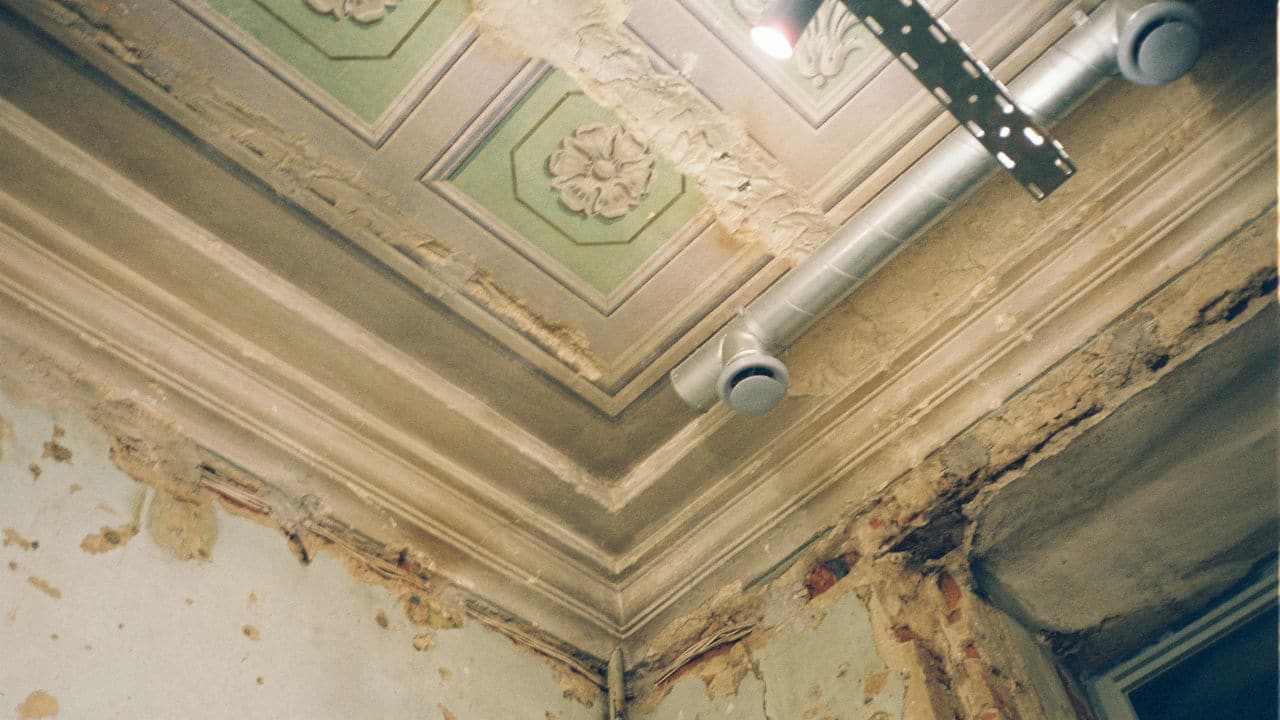“Woman awarded $48 million after getting sick from mold in her apartment,” read the headline of a publication by Sun Sentinel on the 30th of April, 2021.
With leaky pipes being the major cause of the molds in her apartment, Jividen developed chronic inflammatory response syndrome. This ailment disrupted her biological system, including her muscles, joints, nervous, digestive, and immune systems.
With the sickness being so “horrifically disabling,” she was awarded a whooping sum of $48 million for her pain, suffering, further medical treatments, and welfare.
Molds have quickly become an environmental health concern as more is being uncovered on the dire health effects. Even though there are relatively unsaturated scientific links between molds and harmful health effects, many people are affected yearly, with many of those cases gracing the court with heavy settlements.
Different states (such as California, Indiana, Maryland, New Jersey & Texas) and cities (such as New York and San Francisco) have also provided mold-related laws.
With little scientific knowledge of molds and their harmful effects, proving mold-related health deformities in court may be a real hassle. However, medical and legal animation can make this process easier since these animations are masters in making obscurities as plain as daylight.
What is Mold?
Mold is a fungus that can grow indoors and outdoors, preferably in warm, damp, and humid conditions.
There are more than a thousand different types of indoor mold, but the good news is that having a moderate amount of it in the home or place of employment typically does not present a serious health risk.
Most health issues caused by mold exposure do not appear until high mold concentrations have built up.
Different kinds of molds can appear in the house, with the most toxic one known as stachybotrys or black mold.
Other types of molds with varying toxicity include memnoniella, aspergillus, penicillium, alternaria, geotrichum, trichoderma, chaetomium, bipolaris, ulocladium, aureobasidium, cladosporium, ascospores, basidiospores, and fusarium.

What are the Health Impacts of Mold Exposure?
There are various health impacts of molds depending on the type of mold, duration of exposure, vulnerability, and age of the victim.
Here are some of the known health effects of mold exposure:
- Breathing Difficulties
As it grows, mold can release spores, cells, fragments, and flammable organic compounds into the air. They are capable of producing mycotoxins, allergens, and irritants. Some of these can be harmful, particularly to people who are sensitive to them.
Additionally, moisture encourages materials to degrade, which raises the air’s particle or dust content.
These particles can potentially harm the lungs, nose, and throat, especially if the person already suffers from a breathing problem, asthma, or a chronic lung condition.
- Allergy
Any mold-related particles may cause an allergic or sensitive person to react.
Mold allergies can exhibit symptoms similar to other allergies, like hay fever or seasonal allergies. Airborne substances can also harm the upper respiratory tract in these cases.
The symptoms include a runny or blocked nose, itchy eyes, an itchy throat, sneezing, and a watery nose.
People with asthma and a mold allergy are more likely to experience an asthma attack when mold is in the air.
More dust can increase the risk of dust mites, which can cause an allergic reaction in some people.
- Aspergillosis
Some mold species, like aspergillus, have the potential to lead to aspergillosis, a serious medical condition.
Most people can inhale this fungus’s spores without getting sick, but those with compromised immune systems or pre-existing lung conditions may experience a severe reaction.
Aspergillosis comes in various forms. They are aspergilloma, or fungus ball, allergic bronchopulmonary aspergillosis (ABPA), allergic aspergillus sinusitis, and chronic pulmonary aspergillosis.
Legal Animation In Mold Settlement Cases
The presence of mold in the home or workplace is not trivial because of the risk of illness and property destruction. This is why many aggrieved plaintiffs approach the court to seek redress and compensation that can cover the damage already incurred, whether health-wise or money-wise.
In either of these circumstances, legal animation can be used to portray the focal points of the case in court. What needs to be depicted depends solely on the fact that needs to be proven.
Legal animation can depict what caused the mold, which in many circumstances is caused by leaky pipes. A defective heater can also cause molds since some homes are situated in naturally humid areas.
Animation can also be used medically to show the direct impact of the presence of mold in the body of the aggrieved.
Legal animation makes higher settlements possible since all grey areas will become clearer, and the extent of the damage incurred can also be examined critically.
There are varying settlements in different circumstances depending on the fact of each case. For instance, in a case reported by Daily Business Review, a tenant recovered $250,000 in a settlement after exposure to toxic mold. In another case involving class action, $18.75 million was recovered.
With legal animation, you can be assured that your case will be improved greatly, thus increasing your chances of acquiring damages enough for the harm suffered and in punitive damages.
Conclusion
Molds are silent killers that must not be ignored or trivialized. If you notice the growth in your apartment, you should notify your landlord immediately and get it professionally tested to ensure your safety.





